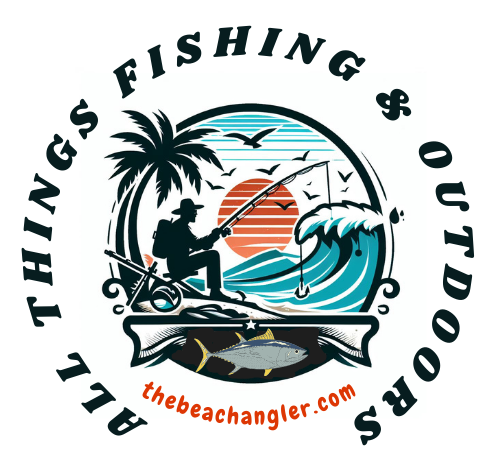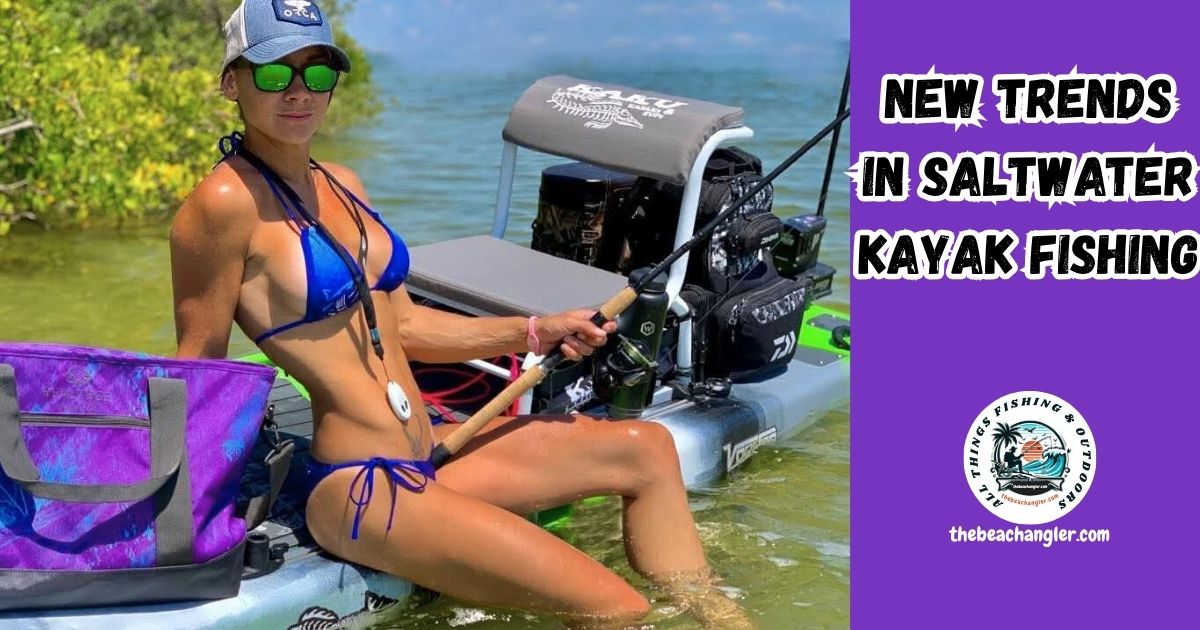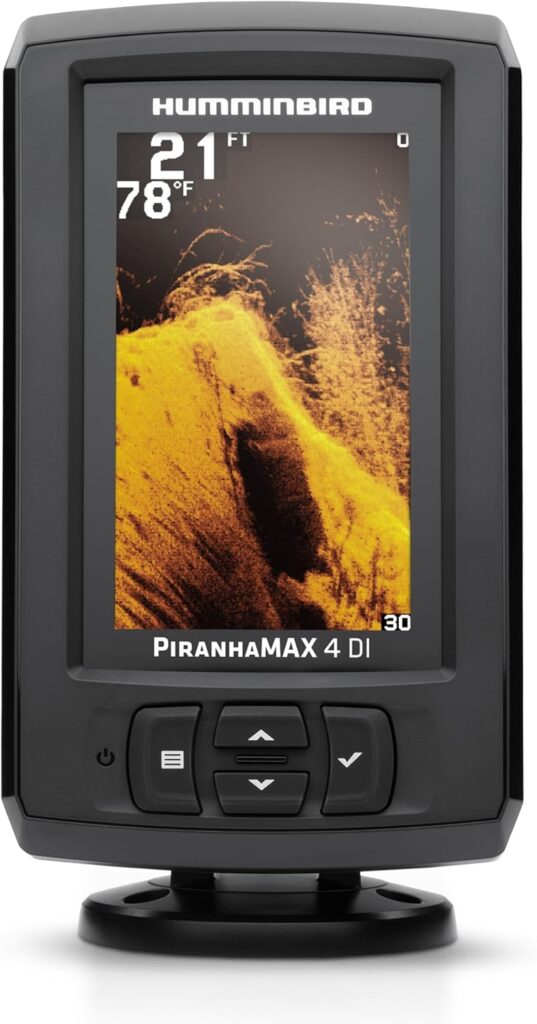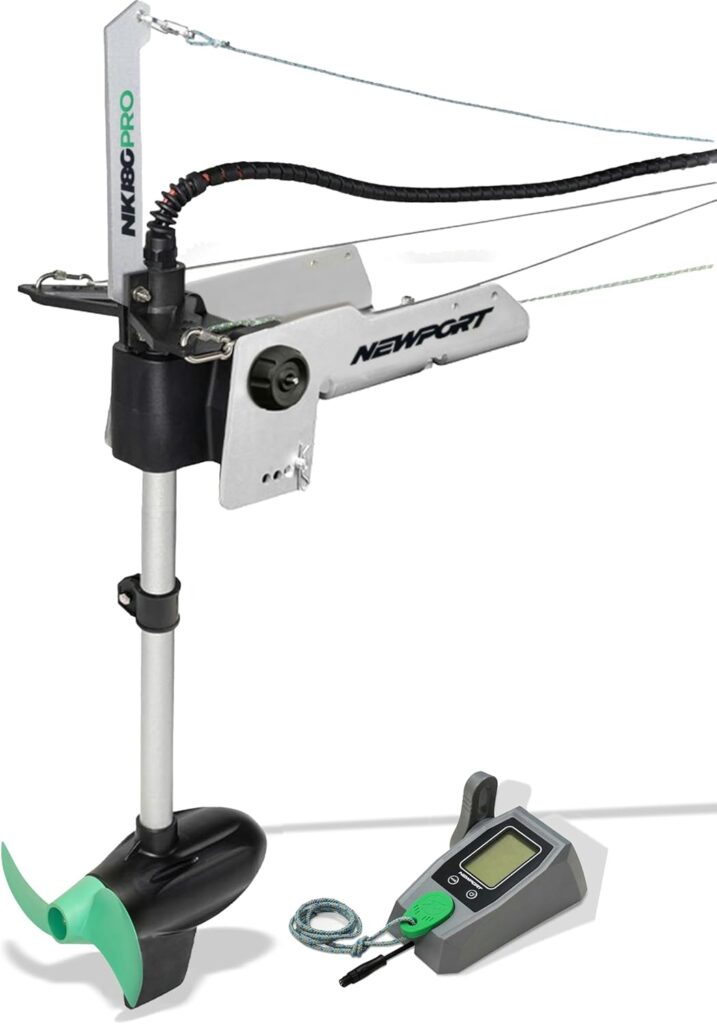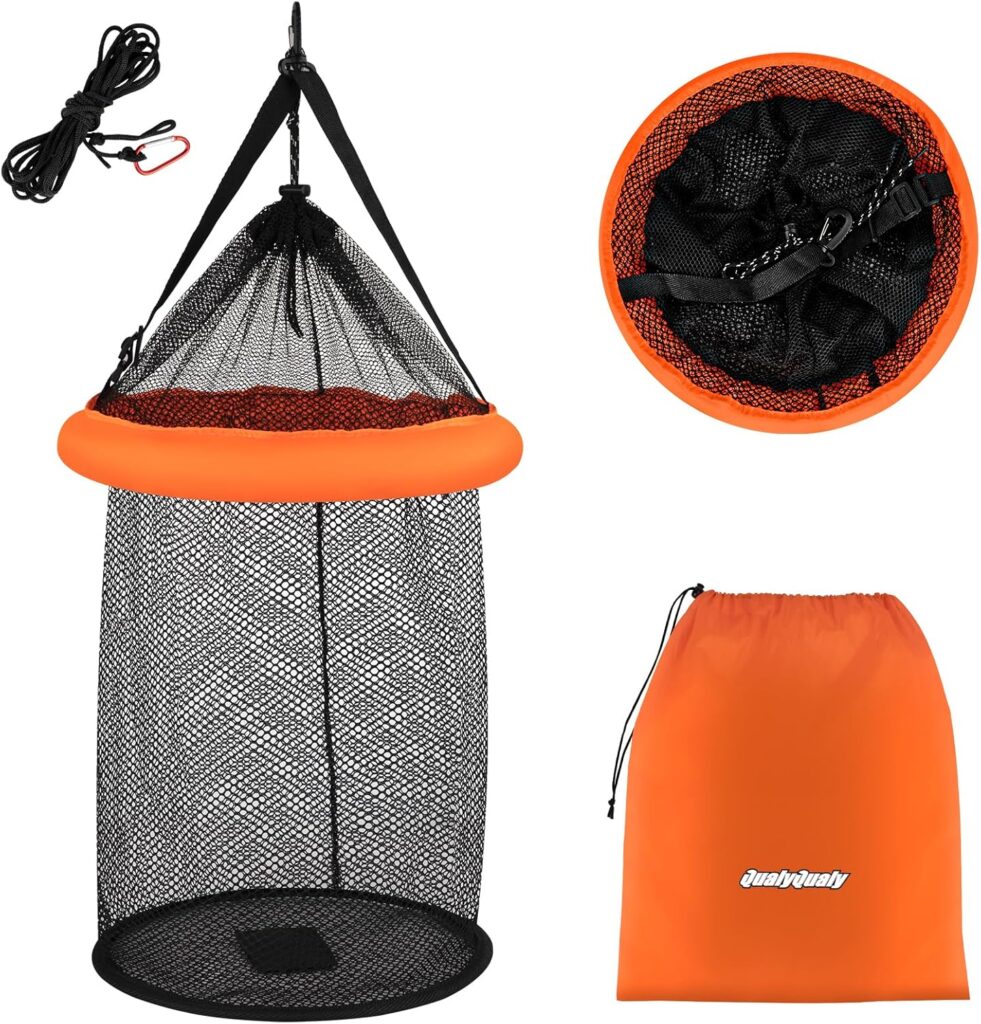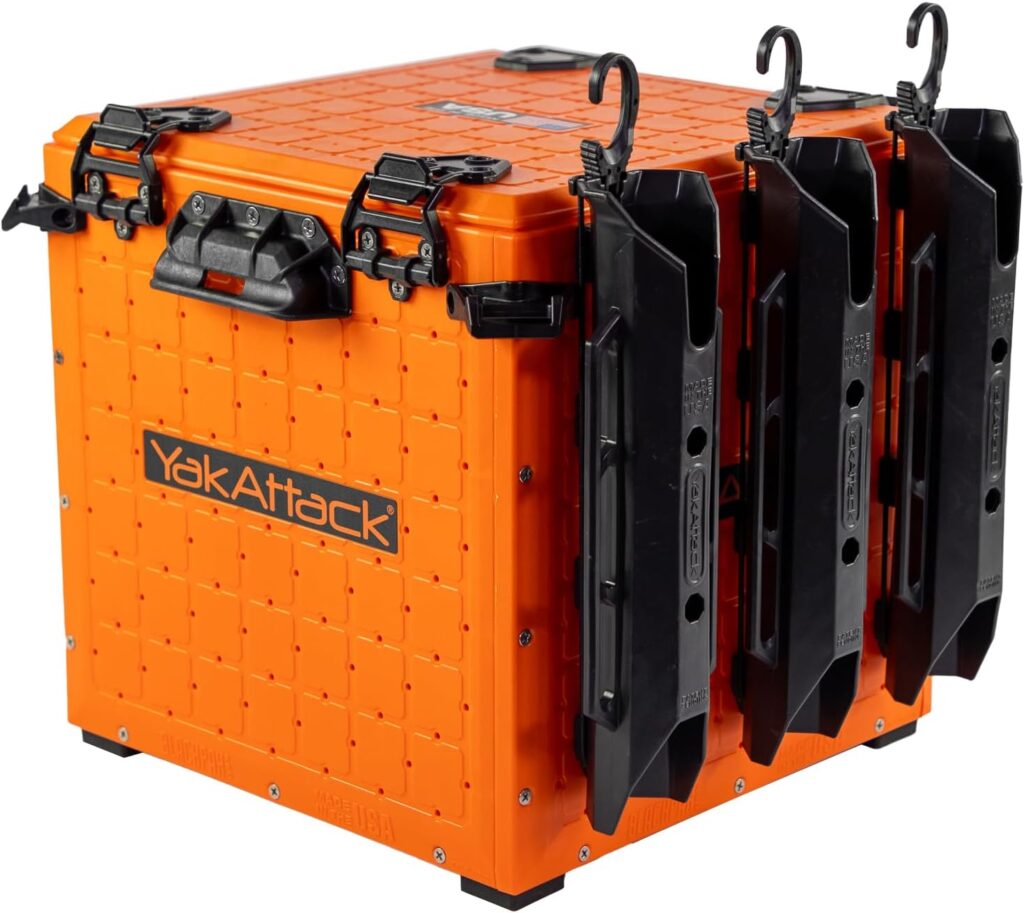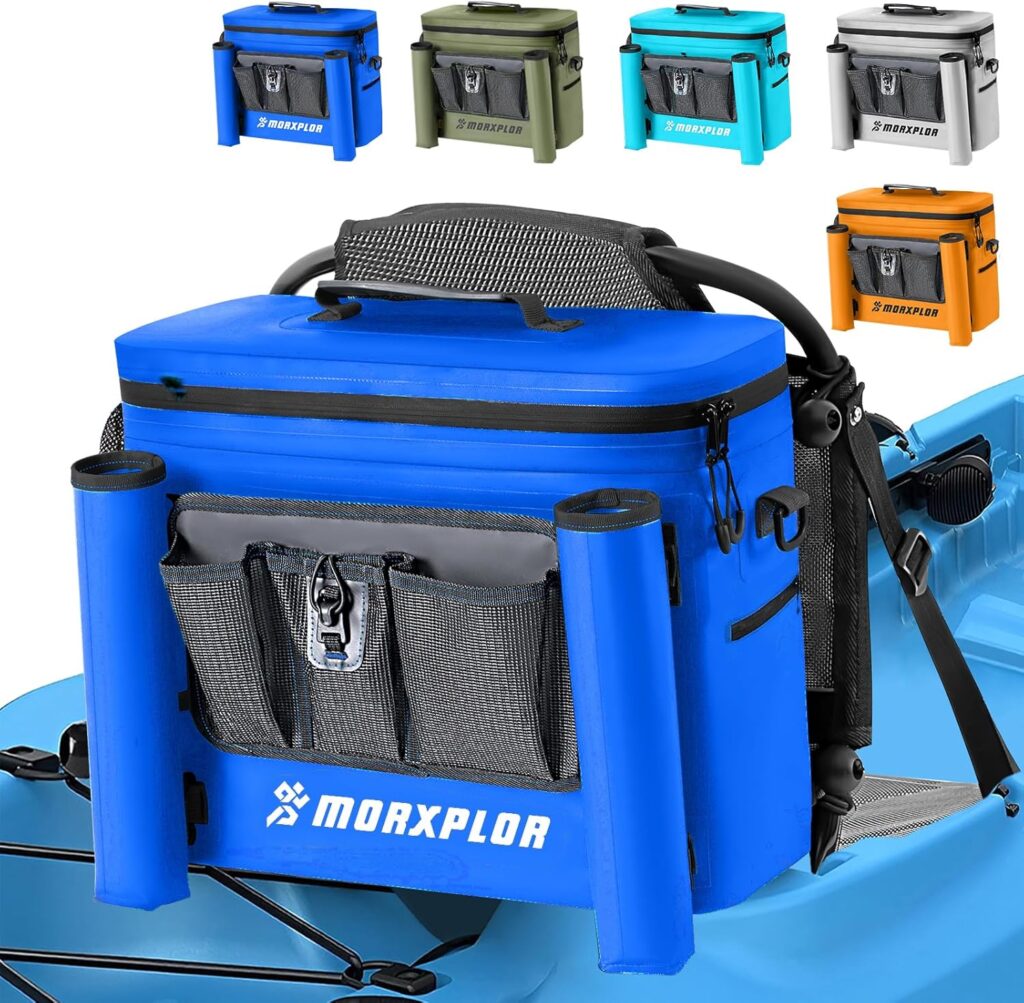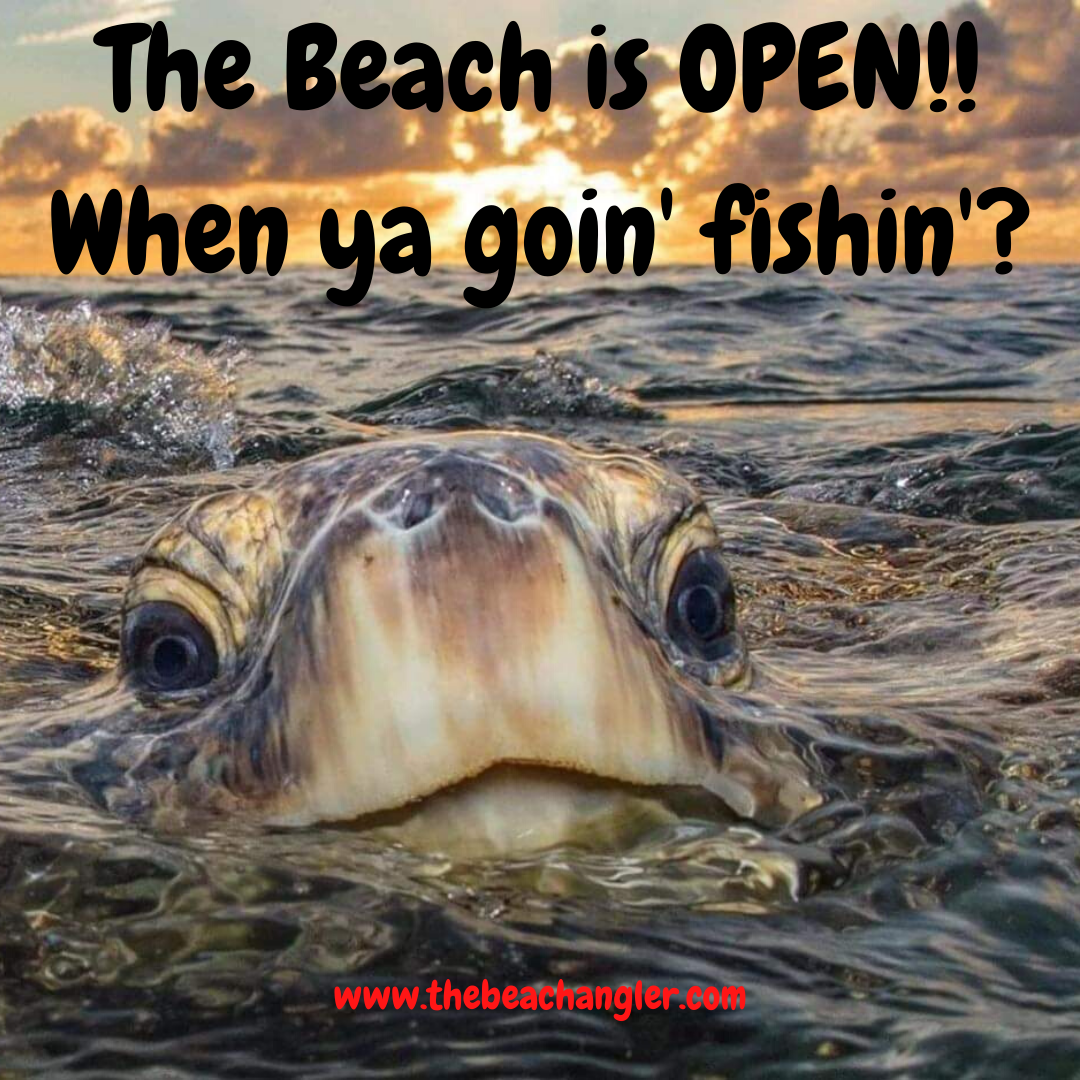Saltwater kayak fishing has taken off in recent years, and I’m constantly noticing new gadgets, practices, and hotspots entering the scene. If you’re just starting to explore this type of fishing or you’ve already spent some time out on the water, following emerging trends can make your trips more productive and enjoyable.
QUICK LOOK: Latest Trends and Innovations in Saltwater Kayak Fishing
- Pedal Driven Systems: Foot-powered propulsion lets me keep my hands on the rod while staying in place against currents or drifting quietly toward the fish.
- Electric Motors: Having a built-in or add-on electric motor has changed longer trips for me, giving me more range without wearing out my arms or legs.
- Reinforced Gear Mounts: Manufacturers are including accessory tracks and tough mounting points for rod holders, fish finders, anchor poles, and cameras. I can stow and adjust my gear without digging around.
- Advanced Fish Finders & Electronics: Compact sonar/GPS combos with sidescan imaging are now common on many kayaks, making it easier to track structure, mark waypoints, and spot fish patterns. Kayak-specific batteries and solar chargers keep devices running longer.
- Custom Storage and Tether Systems: Integrated tackle trays, quick-release crate systems, and secure tethered leashes offer easier organization with less risk of losing expensive gear overboard.
Here, I’m spelling out what’s new and what’s catching on in saltwater kayak fishing today, based on what I’ve seen and researched from fellow anglers and industry experts.
Notable Innovations in Saltwater Kayak Fishing Gear
Technology has reshaped how I fish from a kayak in saltwater. Modern kayaks and accessories offer practical solutions to make fishing more efficient and comfortable, no matter your experience level.
These are the gear trends that I see making a big impact:
- Pedal Driven Systems: Foot-powered propulsion lets me keep my hands on the rod while staying in place against currents or drifting quietly toward the fish.
- Electric Motors: Having a built-in or add-on electric motor has changed longer trips for me, giving me more range without wearing out my arms or legs.
- Reinforced Gear Mounts: Manufacturers are including accessory tracks and tough mounting points for rod holders, fish finders, anchor poles, and cameras. I can stow and adjust my gear without digging around.
- Advanced Fish Finders & Electronics: Compact sonar/GPS combos with sidescan imaging are now common on many kayaks, making it easier to track structure, mark waypoints, and spot fish patterns. Kayak-specific batteries and solar chargers keep devices running longer.
- Custom Storage and Tether Systems: Integrated tackle trays, quick-release crate systems, and secure tethered leashes offer easier organization with less risk of losing expensive gear overboard.
Some newer models also integrate hull designs made for extra stability on rougher seas, while specialty rigging and molded footrests give you more leverage and comfort. Whether you want a basic paddling platform or a fish hunting machine, these updated options provide a big boost to your results.
Sustainability and Respect for Marine Life
Looking after marine ecosystems is something I find really important, and there’s a clear trend toward more responsible fishing practices. Kayak anglers are often at the forefront of local conservation efforts because it matters to the future of the fishery and our own fishing experiences.
- Catch and Release: More anglers are using proper gear for safe release and learning better ways to handle fish to reduce stress and mortality rates, especially with sensitive species.
- EcoFriendly Tackle: Biodegradable lures and weights that break down naturally are gaining popularity, along with LED-free alternatives to keep toxic metals out of the water.
- Sustainable Kayaks: I’m starting to see more kayak models made from recycled or recyclable plastics. These are getting good reviews for durability and long-term impact.
- Active Cleanup: Many groups organize coastal cleanups as part of their fishing outings, picking up plastics, fishing lines, and other trash from launch points and coves.
Staying updated on regulations, including slot limits and seasonal closures, is something I always recommend before heading out. It’s good for the fish and for protecting your local waterways.
Hot Saltwater Destinations on Every Angler’s Radar
Saltwater kayak fishing isn’t limited to flats and estuaries now. Improved kayak stability and propulsion mean anglers are heading offshore and targeting bigger species in new places. I’ve noticed a growing interest in these kinds of destinations:
- Nearshore Reefs & Ridges: These are popular for snapper, grouper, and mackerel. Kayaks can now safely reach spots that were once only fished by small powerboats.
- Emerging Hotspots in the USA: Besides old favorites like the Florida Keys, places like the Texas Gulf Coast, Southern California kelp beds, and North Carolina inlets have become favorites for kayak anglers.
- International Kayak Adventures: Regions like Baja California, New Zealand, and parts of Australia offer guided tours and multispecies opportunities for travelers ready to broaden their horizons.
- Urban Saltwater Fishing: Waterfront cities with saltwater access are seeing more kayak launches, bringing quality fishing within reach of people living in cities.
Even remote barrier islands or mangrove-lined creeks are growing popular among the kayak crowd, thanks to lightweight gear and improved navigation electronics. Whether you favor sight casting the flats or chasing pelagics along the dropoff, there’s a place for you to explore by kayak.
Changing Fishing Techniques and Strategies
Because kayak fishing is naturally quiet and close to the water, it often means getting more bites if you adapt your approach. I’ve found that some techniques really suit saltwater kayaking, and trends show anglers are getting smarter in how they fish.
- Stealthy Approaches: Since kayaks are quieter and lower profile, moving slowly and positioning with the tide allows for more natural presentations and less spooked fish.
- Adjusting for Limited Space: Using shorter rods, compact net systems, and organized gear helps in tight spaces. Simplifying my lure choices lets me react quickly to changing conditions or new species.
- Seasonal Adaptations: Changing up baits, presentation speed, and depth targets based on what’s running each month keeps my trips successful; the right setup in spring can be totally different by late summer.
- Live Bait Management: More kayaks now have small live wells or easy mesh baskets, letting me keep bait handy and lively even when paddling a mile offshore.
Many anglers are also combining kayak fishing with other activities, such as coastal camping or snorkeling, for a complete saltwater adventure. Adding underwater cameras and mapping apps gives a boost to finding new, productive grounds and learning fish behavior, which keeps things interesting over time.
Making Kayak Fishing More Accessible
One of the things that drew me to kayak fishing was that it was a lower-cost alternative to boat ownership. This is still a big draw, but kayaks and accessories are becoming more user-friendly and accessible, too.
- Stability & Comfort: Wider hulls, upgraded seats, and pedal drives make kayaks easier to use for beginners, bigger-bodied anglers, and those who want to fish all day without feeling sore.
- Load and Go Launching: Lighter materials and better carry handles mean I can launch from almost anywhere, even if there’s no ramp.
- Group Trips and Meetups: Regional clubs and online networks connect new anglers with experienced kayak fishers willing to show them good spots and share safety tips. Local events often demonstrate gear or teach rescue skills, fostering community support.
- Accessible Pricing: With the growth of the sport, more brands are offering solid entry-level saltwater kayaks at reasonable price points. Used markets for quality gear are also active, which helps keep things affordable.
I’ve met people from all kinds of backgrounds while fishing from a kayak, so it’s clear that the wider range of available kayaks and local support is opening the sport to more people each year. Whether you’re young or old, urban or rural, there’s usually a kayak solution that fits your budget and fishing style.
Getting Started: Tips for Success in Saltwater Kayak Fishing
If you’re looking to get into saltwater kayak fishing, starting with the right basics puts you on the right track. From my own experience, here are a few things worth focusing on before you launch:
- Pick the Right Kayak: Saltwater models should handle rough chop, have room for gear, and be stable for standing or fighting bigger fish.
- Learn Local Rules: Know the limits for your target species, required licenses, and any restricted zones; these rules change by state and season.
- Plan for Safety: Always wear a comfortable PFD, carry a whistle or horn, and have a plan for communicating in case of emergency. I bring a waterproof VHF radio on offshore trips.
- Start in Protected Waters: I recommend practicing your paddling and fishing skills in bays or estuaries before heading to open ocean or strong current areas.
- Keep it Simple: Focus on a small set of lures, leaders, and terminal tackle. Learn how to quickly switch between setups if you see a new opportunity.
These steps help you gain confidence and form habits that shape safer, more enjoyable trips. Joining a local kayak fishing group or forum can give a boost to your learning curve and introduce you to new friends with similar goals.
Challenges and Solutions in Saltwater Kayak Fishing
No adventure is perfect, and saltwater kayak fishing comes with its own set of hurdles. Here are a few common challenges I face, along with how I deal with them:
- Weather and Tides: Sudden storms or shifting tides can turn a simple trip risky. I always check weather apps and tide charts before heading out and plan an exit route, keeping an eye out for unexpected changes during the day.
- Protecting Electronics: Salt spray is tough on fish finders, phones, and radios. I store sensitive gear in dry bags or waterproof boxes and rinse everything in fresh water after each use.
- Bait and Gear Loss: At first, I lost a couple of rods and tools overboard. Now, everything is securely leashed or floats, just in case I take a wave or get distracted.
- Health and Sun Exposure: Long hours in direct sunlight are common. Wearing a lightweight, long-sleeved shirt, sun gloves, and a big-brimmed hat keeps me from burning out halfway through a trip. Don’t forget plenty of water and sunscreen—even on overcast days, the sun reflects off the water.
Advanced Tips for Enthusiasts
Once you’re comfortable with the basics, trying out some advanced techniques can add a whole new dimension to your fishing experience. Here are a few tips that have made a real difference for me:
- Use Spot Lock or Anchor Systems: Compact, kayak-sized anchor poles or electronic anchoring allow you to hold your spot in current and wind; very helpful when working a structure or bait school.
- Upgrade Your Tackle: Invest in saltwater-specific rods, corrosion-resistant reels, and strong yet compact nets to better target hard-fighting ocean species.
- Map Your Trips: Logging successful drifts or productive spots using a GPS mapping app builds a record that helps you predict seasonal and daily changes over multiple seasons. Some anglers even share anonymous location data to help improve conservation decisions and future fishing opportunities.
Refining these advanced skills and tools can pay off with more fish, longer trips, and a better all-around experience on the water. Connecting with seasoned anglers online or at events can introduce fresh ideas that take your results up a notch.
Frequently Asked Questions
I often get questions from other anglers who are curious about saltwater kayak fishing. Here are a few I hear most often:
Do I need a special kayak for saltwater, or can I use a freshwater one?
Saltwater kayaks are usually designed to handle rougher water, with added corrosion protection for metal parts. You can use a freshwater kayak in bays and estuaries, but if you want to go offshore or fish in wind and current, a saltwater model holds up much better.
Is fishing from a kayak safe in the ocean?
It can be safe with good preparation, the right gear, and attention to weather conditions. A stable kayak, consistent use of a PFD, and communication tools like a VHF radio or waterproof phone boost your safety.
What’s the best time of year for saltwater kayak fishing?
The answer depends on where you fish and what species you’re after. Spring and fall tend to be productive for many types of saltwater fish, but checking local run times is key.
Final Thoughts on Trends in Saltwater Kayak Fishing
Wrapping up, saltwater kayak fishing is an exciting and fast-growing scene that welcomes anyone willing to put in the effort to learn, adapt, and care for the environment. With new gear, supportive communities, and wild waters to explore, there’s never been a better time to hit the salt and see where your kayak can take you.
Check Out Our Most Recent Articles:
- 7 Key Features of the Xpece One Waterproof Fishing Drone
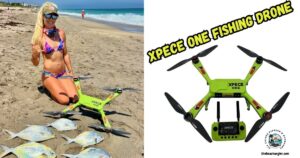
- Understanding Tides And How They Affect Your Inshore Saltwater Fishing Adventures
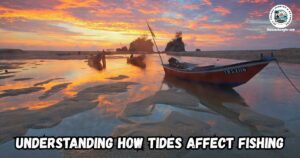
- St Croix Seage And Avid Series Surf Rods 2 Awesome American Made Surf Rods

- Saltwater Fishing For King Salmon: 4 Top Strategies.

- 10 Advanced Features of the Penn Fathom Electric Reel Kit
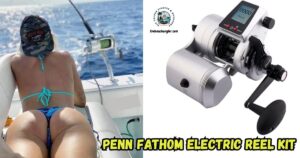
- Surf Fishing With Lucky Craft Lures
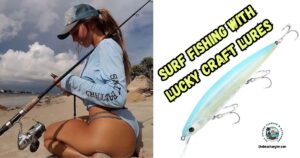
As always, stay safe, enjoy the journey, and please try to leave it cleaner than you found it. If you have any comments, questions, ideas, or suggestions, please leave them in the comment section below, and I’ll get back to you ASAP. You can follow us on Facebook: Rex The Beach Angler, Instagram: thebeachangler7, Twitter: @AnglerBeach, and YouTube: Man Art Creations.
P.S. Thanks so much for checking out our blog; we really appreciate it. Just so you know, we may receive a commission if you click on some of the links that appear on our site. This helps us keep our content free and up-to-date for everyone. We appreciate your support!
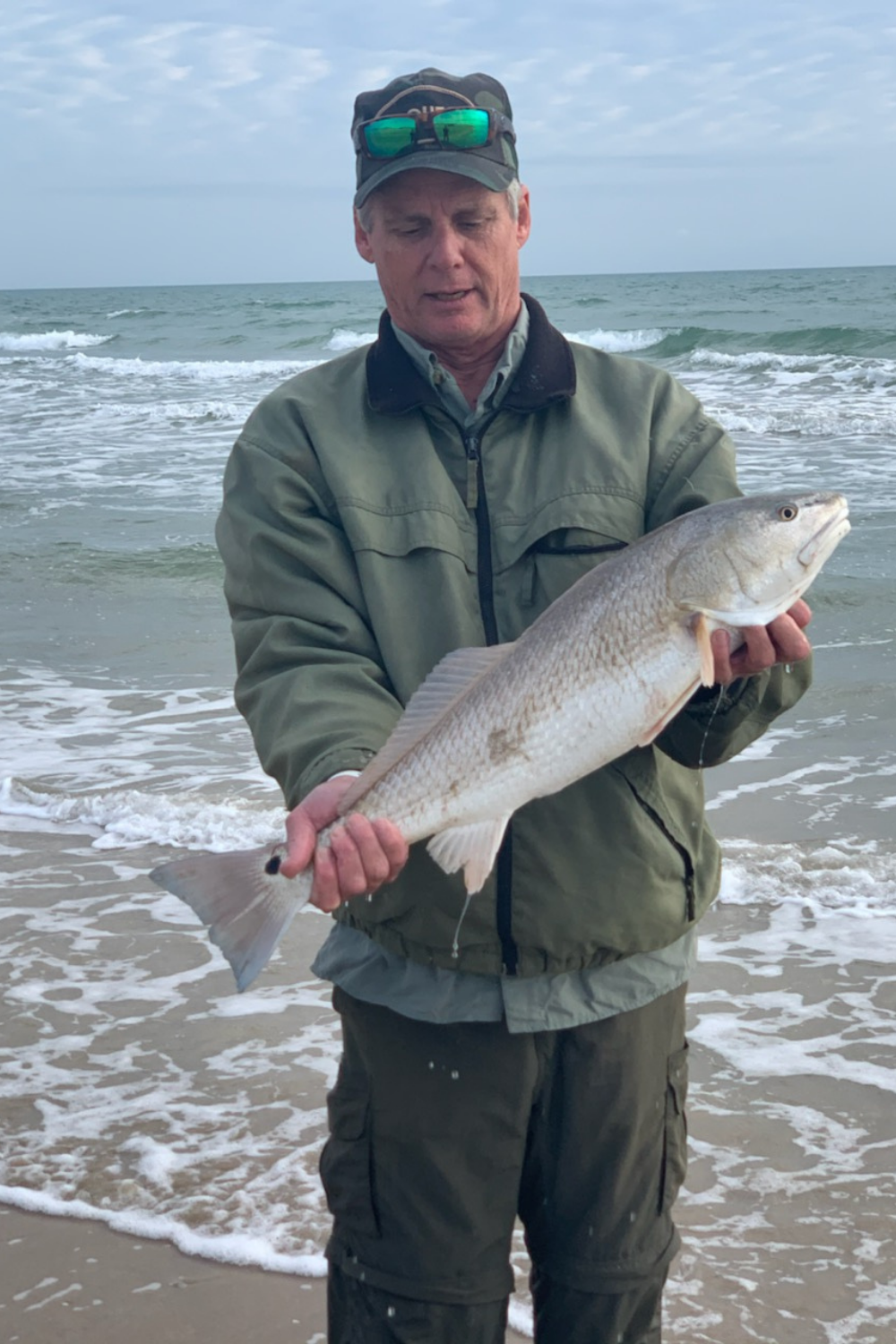
A life long surf fisherman with 50+ years of experience, I am also an avid hunter and outdoorsman. I will be sharing my passion for the outdoors with you so be prepared for hunting, fishing, camping, hiking and more. Along with gear reviews and the latest trends and innovations in the outdoor industry.
